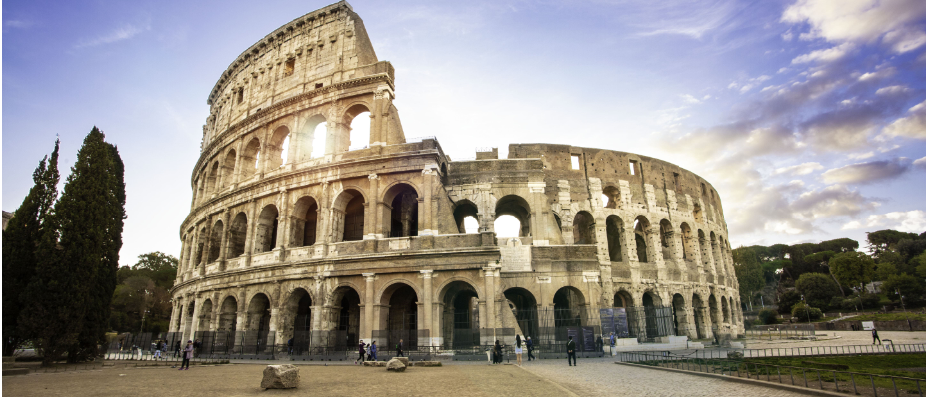
Colosseum
Enter your dates to find available
activities
The Colosseum, also known as the Flavian Amphitheater, is one of the most iconic symbols of ancient Rome and a must-visit destination for travelers. Constructed between AD 70 and 80, this architectural marvel was designed to host a variety of public spectacles, from gladiatorial contests to dramatic reenactments of historical events. With the capacity to hold up to 80,000 spectators, the Colosseum exemplifies the grandeur of Roman engineering and design.
.jpg)
Plan your visit effectively by consulting the Rome Colosseum official website, which offers essential details and booking options to enhance your experience.
What to Bring
What Not to Bring
By Bus
Numerous bus lines, including 75, 81, and 673, connect the Colosseum to various parts of Rome. The nearest bus stop is located just a short walk from the entrance, making it a convenient option for visitors.
By Walking
If you’re staying nearby, walking is a delightful way to reach the Colosseum. Stroll through the charming streets of Rome, enjoying the historic architecture and vibrant atmosphere. The Colosseum is centrally located, making it easily accessible on foot.
By Taxi
Taxis are readily available throughout Rome and offer a comfortable way to reach the Colosseum. Look for designated taxi stands or use a ride-sharing app. Ensure the driver knows your destination to avoid any confusion.
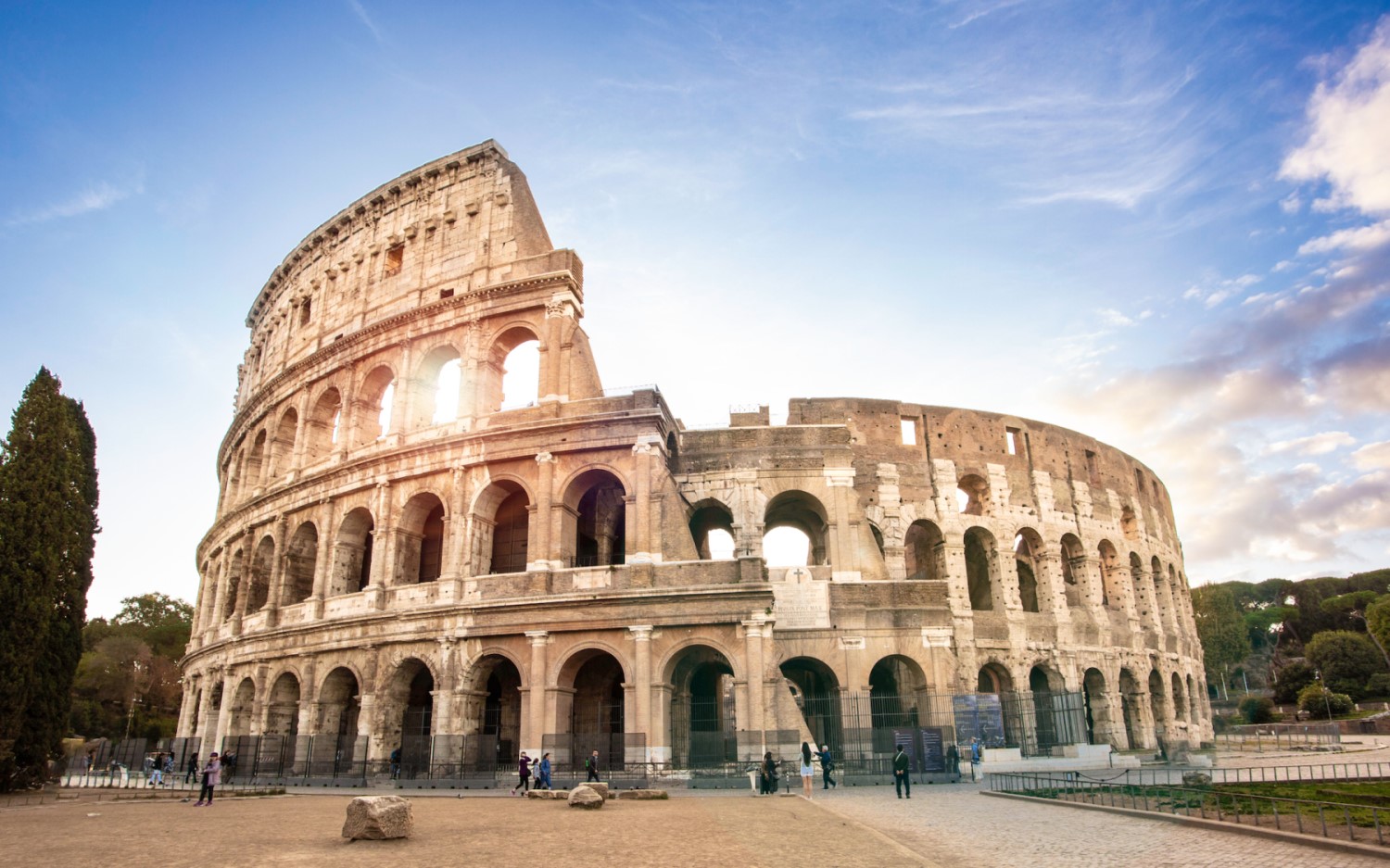
The Colosseum is open year-round, but operating hours can vary by season. It’s important to check the official website for current hours before planning your visit to ensure you don’t miss out on exploring this iconic monument.
The Colosseum is partially accessible for visitors with reduced mobility. While there are ramps, be prepared for uneven surfaces and stairs throughout the site. Planning ahead can help you navigate the complex more comfortably.
On-site facilities include restrooms and visitor centers where you can get maps and information. Wear comfortable shoes to enhance your experience as you explore the vast areas of this historic amphitheater.

Commissioned by Emperor Vespasian in AD 70-72, the Colosseum was completed by his son Titus in AD 80. Built primarily for gladiatorial contests and public spectacles, it served as a central entertainment venue in ancient Rome.
With a seating capacity of approximately 50,000 spectators, the Colosseum features a complex design of vaults and arches. This architectural marvel showcases the engineering prowess of ancient Roman builders, allowing for impressive crowds.
Throughout its history, the Colosseum has hosted numerous events, from gladiatorial games to public spectacles. Today, it stands as a powerful symbol of the grandeur and brutality of the Roman Empire, drawing millions of visitors each year.

It’s highly recommended to purchase your tickets online in advance. This helps you avoid long lines and ensures you secure your desired entry time, allowing for a more enjoyable visit to this historic site.
Opting for a guided tour can greatly enhance your experience. Knowledgeable guides provide insightful commentary about the Colosseum’s history, architecture, and the fascinating stories behind its construction and events.
Look for combination tickets that grant access to the Roman Forum and Palatine Hill. This allows you to explore multiple significant historic sites in one visit, maximizing your time in ancient Rome.
Walking through the iconic arena floor offers a unique opportunity to envision the thrilling spectacles that once captivated audiences. Imagine the roar of the crowd during gladiatorial contests and other public performances that took place here.
Explore the fascinating underground chambers where gladiators and wild animals were kept before contests. These chambers reveal the inner workings of the Colosseum and give insight into the preparations for the grand events.
Climb to the upper levels of the Colosseum for breathtaking panoramic views of the surrounding ancient ruins and the city of Rome. This vantage point provides perfect opportunities for memorable photographs and a deeper appreciation of this historic site.

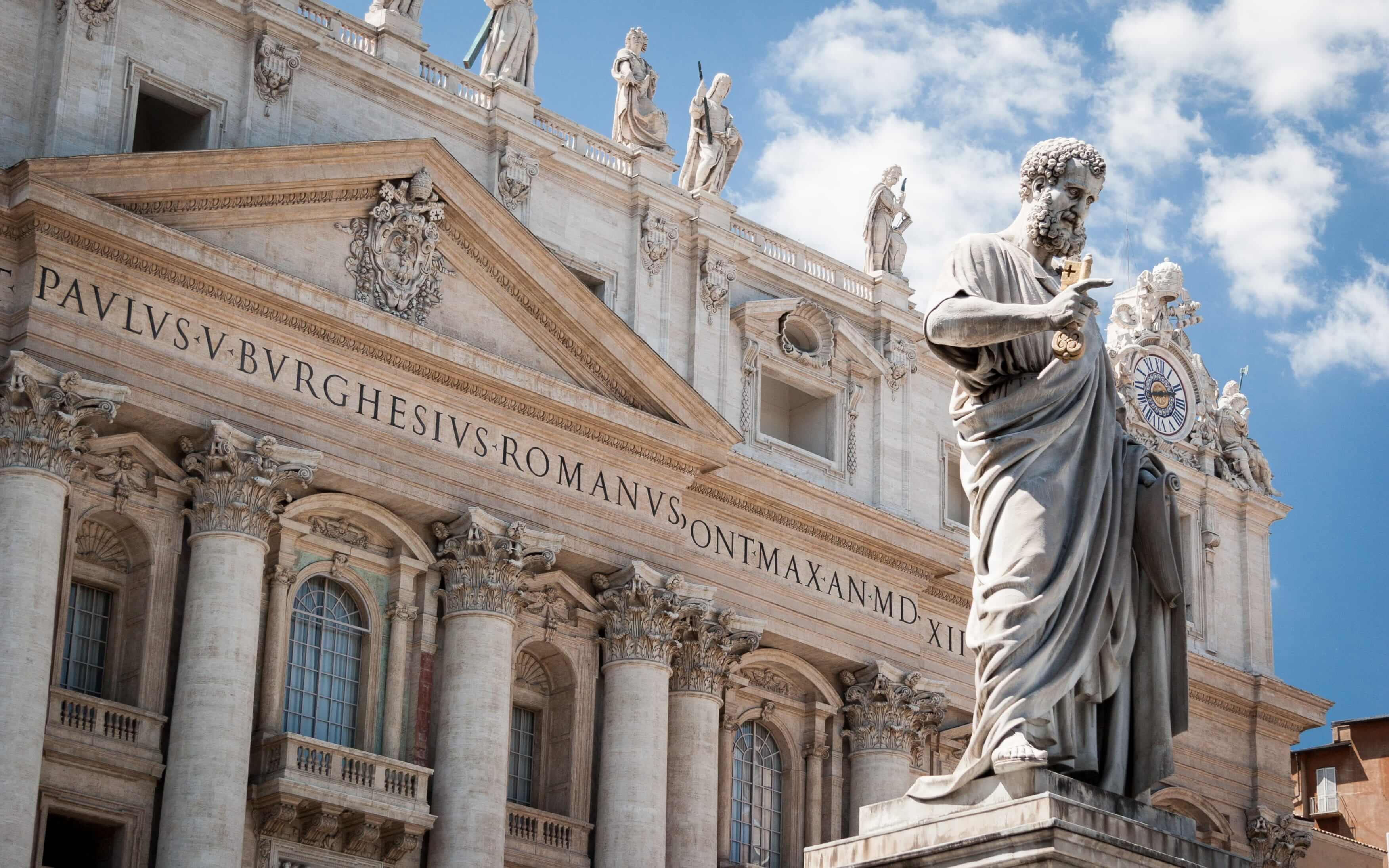
.jpg)
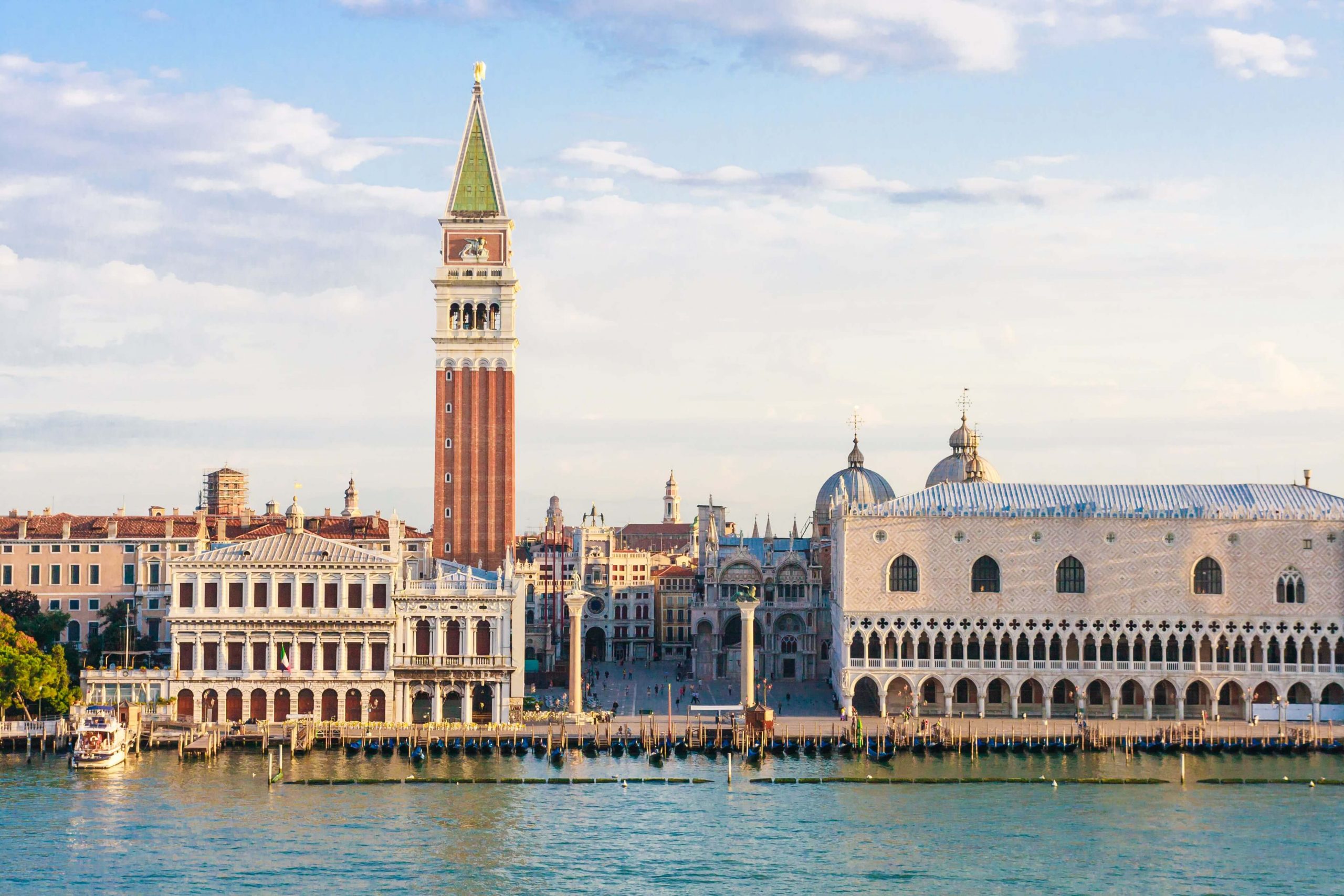
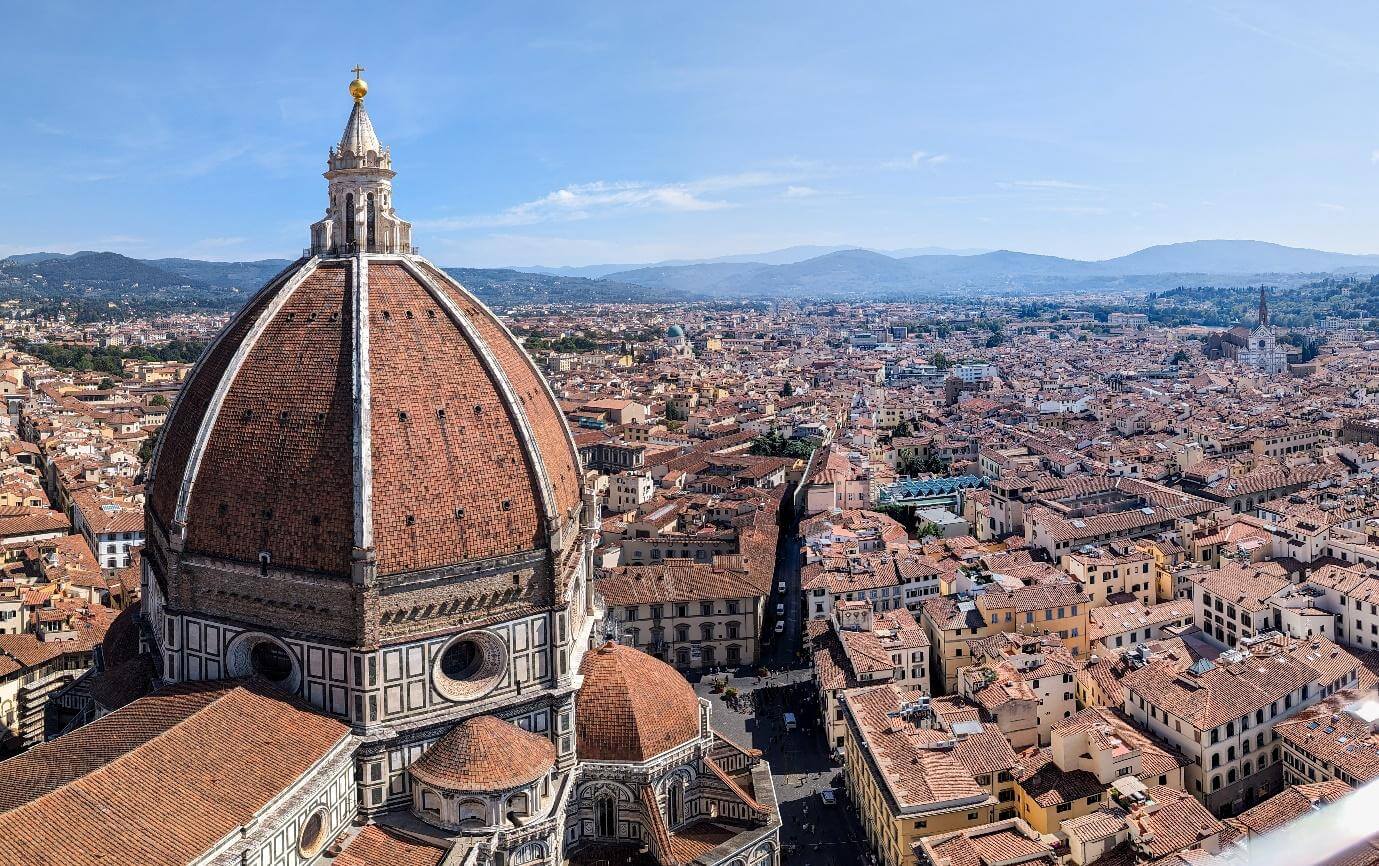
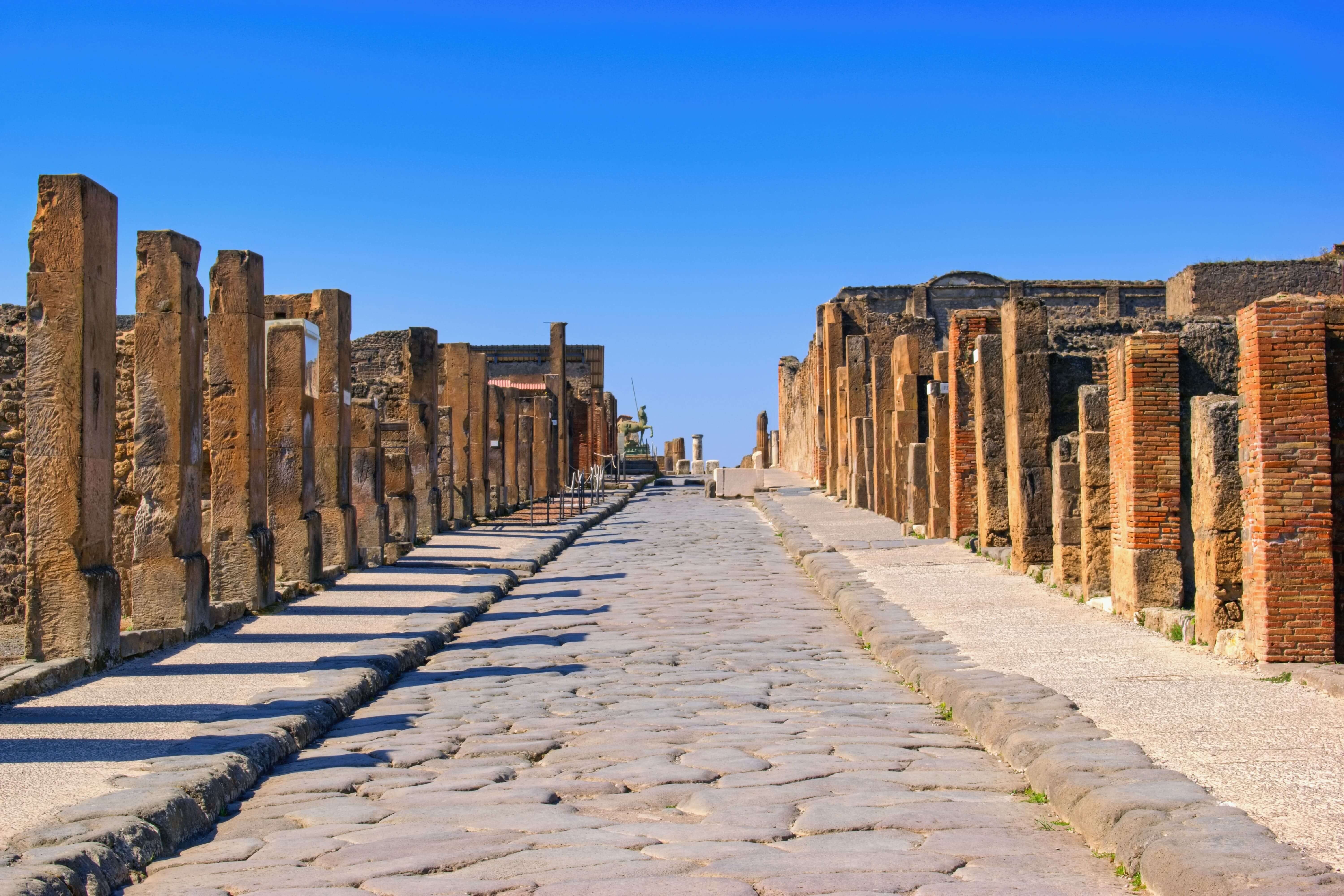
If you want to visit the heart of Ancient Rome, the Roman Forum Tour is the best way to experience the history of the ancient city. You will walk down the Via Sacra, or Sacred Way, of the Roman Forum, also known as the triumphal road. This is the same path that victorious Roman generals would follow when they returned from abroad. Every stone that lies within the Roman Forum is connected to the great moments from Ancient Rome’s past.
The Roman Forum Tour will also lead you past the triumphal arches. The Arch of Titus is especially well preserved and detailed. The Arch of Constantine is also visible from the 2nd floor balcony of the Colosseum. Only a few of these incredible arches still remain, and even fewer are well preserved.
During the Colosseum and Roman Forum tour your guide will lead you through the once bustling marketplace that was ruled by the shopkeepers and moneylenders. The Roman Forum was the focal point of the Ancient Roman Empire and was home to many religious and political buildings such as the Basilica of Maxentius and the Senate House. Although this was not the Senate House in which Julius Caesar was assassinated, you will find the temple of Julius Caesar in the Roman Forum.
With so many layers of history and architecture in the Ancient City, choosing a Colosseum and Roman Forum tour is an excellent way to experience it all. You will walk the ancient roman roads with a local guide who is an expert in their field. Not only will you visit Rome’s most famous monument, you will learn the history as well. When you walk past the broken pieces of marble strewn about the valley and past ancient temples, it is hard to believe that this area was once a vast swampland.
If you want to visit the heart of Ancient Rome, the Roman Forum Tour is the best way to experience the history of the ancient city. You will walk down the Via Sacra, or Sacred Way, of the Roman Forum, also known as the triumphal road. This is the same path that victorious Roman generals would follow when they returned from abroad. Every stone that lies within the Roman Forum is connected to the great moments from Ancient Rome’s past.
The Roman Forum Tour will also lead you past the triumphal arches. The Arch of Titus is especially well preserved and detailed. The Arch of Constantine is also visible from the 2nd floor balcony of the Colosseum. Only a few of these incredible arches still remain, and even fewer are well preserved.
During the Colosseum and Roman Forum tour your guide will lead you through the once bustling marketplace that was ruled by the shopkeepers and moneylenders. The Roman Forum was the focal point of the Ancient Roman Empire and was home to many religious and political buildings such as the Basilica of Maxentius and the Senate House. Although this was not the Senate House in which Julius Caesar was assassinated, you will find the temple of Julius Caesar in the Roman Forum.
With so many layers of history and architecture in the Ancient City, choosing a Colosseum and Roman Forum tour is an excellent way to experience it all. You will walk the ancient roman roads with a local guide who is an expert in their field. Not only will you visit Rome’s most famous monument, you will learn the history as well. When you walk past the broken pieces of marble strewn about the valley and past ancient temples, it is hard to believe that this area was once a vast swampland.

An exploration of ancient Rome would not be complete without a Palatine Hill Tour. Learn about the legend of the twin brothers, Romulus and Remus, and see where their battle for the city took place. Archaeologists are always finding something new on the Palatine Hill, in 2007 an underground chamber was found that is thought to have been the Lupercal, the chamber where legend says that Romulus and Remus were suckled by a she-wolf. Of course this seems like a far-fetched idea today, but the ancient Romans truly believed it.
The Palatine Hill is one of the famous seven hills of Rome and eventually became the site of the imperial palaces.The hill was inhabited by wealthy citizens who used it to escape the heat, noise and smells of the crowded city. It eventually became the home of the emperors after Domitian built an expansive palatial complex. During the Palatine Hill Tour you will get to see what remains of this massive palace as your guide describes its ingenious design.
From the height of the Palatine you will enjoy wonderful views of Rome’s skyline. You can look down over the Circus Maximus and imagine the emperors watching the chariot races taking place down below without the need to leave their palace. From the other side of the hill you get an amazing view of the Roman Forum spreading out before you. Having a guide with you during the Palatine Hill tour makes the experience much more interesting and enjoyable.
Don’t miss the chance to explore the Palatine hill and see one of the oldest parts of the city. Having a guide makes all the difference when it comes to ancient history and architecture. Rome’s incredible history will be brought to life and your guide will transport you back to ancient roman times.
An exploration of ancient Rome would not be complete without a Palatine Hill Tour. Learn about the legend of the twin brothers, Romulus and Remus, and see where their battle for the city took place. Archaeologists are always finding something new on the Palatine Hill, in 2007 an underground chamber was found that is thought to have been the Lupercal, the chamber where legend says that Romulus and Remus were suckled by a she-wolf. Of course this seems like a far-fetched idea today, but the ancient Romans truly believed it.
The Palatine Hill is one of the famous seven hills of Rome and eventually became the site of the imperial palaces.The hill was inhabited by wealthy citizens who used it to escape the heat, noise and smells of the crowded city. It eventually became the home of the emperors after Domitian built an expansive palatial complex. During the Palatine Hill Tour you will get to see what remains of this massive palace as your guide describes its ingenious design.
From the height of the Palatine you will enjoy wonderful views of Rome’s skyline. You can look down over the Circus Maximus and imagine the emperors watching the chariot races taking place down below without the need to leave their palace. From the other side of the hill you get an amazing view of the Roman Forum spreading out before you. Having a guide with you during the Palatine Hill tour makes the experience much more interesting and enjoyable.
Don’t miss the chance to explore the Palatine hill and see one of the oldest parts of the city. Having a guide makes all the difference when it comes to ancient history and architecture. Rome’s incredible history will be brought to life and your guide will transport you back to ancient roman times.
There is no better way to experience Ancient Rome than by taking a Colosseum, Roman Forum and Palatine Hill Tour. Exploring what remains of the Ancient Roman empire with an official guide is an exciting and interesting way to spend your time in Rome. There is so much history and so many hidden details that you will never find without the knowledge and experience of a professional guide.
During the Colosseum tour you will have a chance to inspect its magnificent facade and check out the roman numerals above the arches. Your guide will describe why the Colosseum’s walls are covered with holes and the differences between the columns. The intrigue only grows as you enter the monument and hear about the drama and gore of the gladiator battles.
You will go back in time as you walk through the Ancient City during the Roman Forum and Palatine Hill guided tour. It is easy to imagine a bustling city center and marketplace as your guide describes what life was like in Rome during ancient times. As you walk through Roman Forum your guide will lead you past the Temple of Julius Caesar as well as the Basilica of Maxentius. Strolling up the Palatine Hill you will pass by the Arch of Titus and appreciate the intricate artistry and craftsmanship of the reliefs. The tall umbrella pine trees that are so iconic to Rome create a lovely atmosphere as your guide describes the incredible palaces that once reigned over the city. With a gorgeous view unfolding in front of you and your tour guide sharing their expertise, the history of Ancient Rome has never been more engaging.
The tour of the Colosseum as well as the Roman Forum and Palatine Hill tour combine to create an immersive and unforgettable experience of Rome’s fascinating history.
There is no better way to experience Ancient Rome than by taking a Colosseum, Roman Forum and Palatine Hill Tour. Exploring what remains of the Ancient Roman empire with an official guide is an exciting and interesting way to spend your time in Rome. There is so much history and so many hidden details that you will never find without the knowledge and experience of a professional guide.
During the Colosseum tour you will have a chance to inspect its magnificent facade and check out the roman numerals above the arches. Your guide will describe why the Colosseum’s walls are covered with holes and the differences between the columns. The intrigue only grows as you enter the monument and hear about the drama and gore of the gladiator battles.
You will go back in time as you walk through the Ancient City during the Roman Forum and Palatine Hill guided tour. It is easy to imagine a bustling city center and marketplace as your guide describes what life was like in Rome during ancient times. As you walk through Roman Forum your guide will lead you past the Temple of Julius Caesar as well as the Basilica of Maxentius. Strolling up the Palatine Hill you will pass by the Arch of Titus and appreciate the intricate artistry and craftsmanship of the reliefs. The tall umbrella pine trees that are so iconic to Rome create a lovely atmosphere as your guide describes the incredible palaces that once reigned over the city. With a gorgeous view unfolding in front of you and your tour guide sharing their expertise, the history of Ancient Rome has never been more engaging.
The tour of the Colosseum as well as the Roman Forum and Palatine Hill tour combine to create an immersive and unforgettable experience of Rome’s fascinating history.
Covid Safety measures:
All the areas that customers come in contact with are frequently cleaned
In order to reduce crowds, the number of visitors is limited
Customers are required to bring and wear face masks
There is a mandatory temperature check for customers
Social distancing standards must be maintained inside the monument
What to bring:
Weather-appropriate clothing
Comfortable shoes
Passport or ID card
Water
Sunscreen
Arena entrance & Reduced price tickets:
As the Colosseum Arena Floor is a restricted area, visitors will have to provide details such as their full name, date of birth, and a valid ID card as they’re entering the monument.
People who have booked tickets at the reduced price for ages 2 to 15 years old will also be required to show an ID.
Things that are not allowed:
Pets
Drones
Aerosol sprays
Any kind of weapons or sharp objects.
Luggage or large bags. Even smaller bags with wheels are not allowed.
Note: The Imperial Forum Road is closed to car and bus traffic on Sundays, which means it’s the perfect time to go for rental bikes or take a nice walk along via Fori Imperiali towards the Colosseum. Some bus routes are deviated on Sundays, so be sure to allow extra time to arrive.